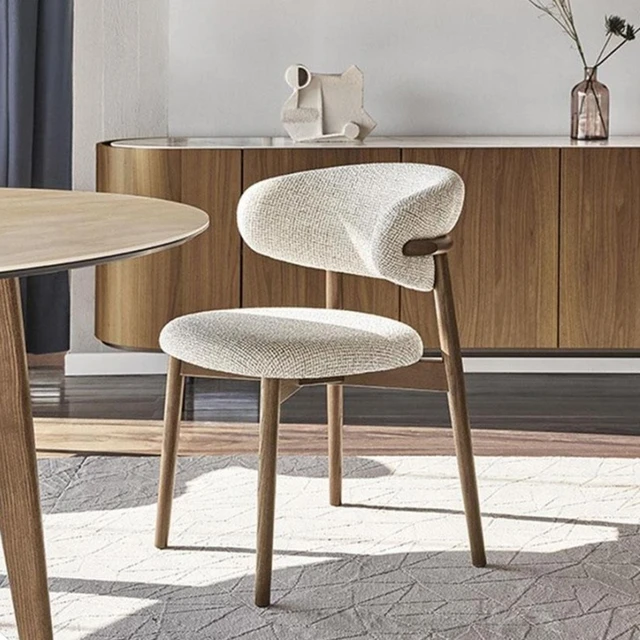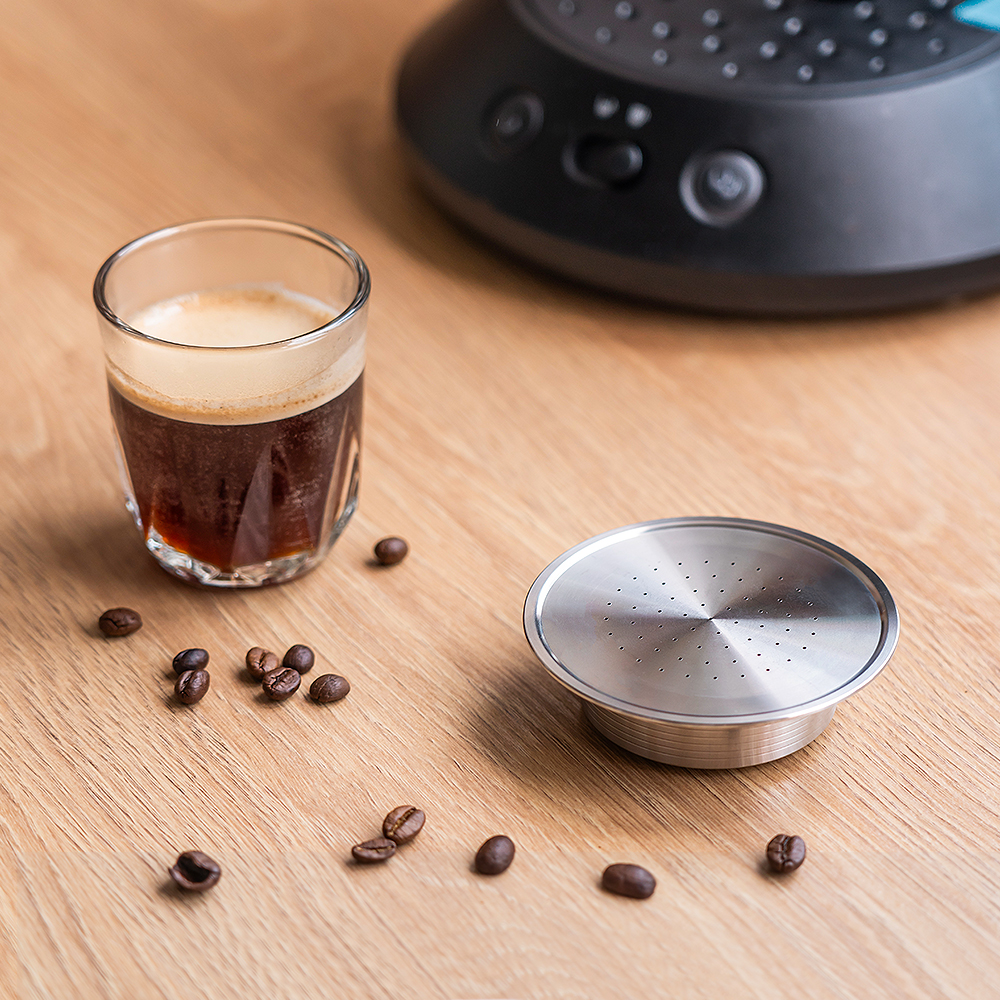 Introduction:
Introduction:
The distance between the kitchen counter and the island is a critical aspect of kitchen design that impacts functionality, flow, and overall aesthetics. Understanding the considerations and guidelines for determining the appropriate distance between the counter and island is essential for creating a well-designed and efficient kitchen space. In this comprehensive guide, we will explore various factors to consider when determining the distance between the kitchen counter and the island. By familiarizing ourselves with these considerations, individuals can make informed decisions to optimize their kitchen layout and enhance the overall cooking and dining experience.
 Some common types of kitchen counters:
Some common types of kitchen counters:
There are various types of kitchen counters available, each with its own unique features and benefits. Here are some common types of kitchen counters:
Granite:
Granite countertops are popular for their durability and natural beauty. They are heat-resistant, scratch-resistant, and available in a wide range of colors and patterns. Granite requires periodic sealing to maintain its appearance and protect it from stains.
Quartz:
Quartz countertops are engineered stone surfaces made from a combination of natural quartz crystals and resin. They offer excellent durability, resistance to stains, and low maintenance. Quartz countertops come in a wide array of colors and patterns.
Marble:
Marble countertops are highly prized for their timeless elegance and natural veining patterns. They have a smooth and cool surface but are more porous and prone to staining compared to other countertop materials. Regular sealing and careful maintenance are necessary to preserve their appearance.
Laminate:
Laminate countertops are budget-friendly and come in an extensive range of colors and patterns. They are easy to clean, resistant to stains, and relatively durable. However, they can be prone to scratching and damage from heat or sharp objects.
Stainless Steel:
Stainless steel countertops have a sleek and contemporary look that is often associated with professional kitchens. They are heat-resistant, hygienic, and easy to clean. However, they can scratch easily and may require regular maintenance to prevent smudges or watermarks.
Solid Surface:
Solid surface countertops are made from a blend of acrylic and polyester materials. They offer a non-porous surface that is resistant to stains and easy to clean. Solid surface countertops are available in a variety of colors and can be seamlessly integrated with sinks.
Concrete:
Concrete countertops provide a versatile and customizable option for a modern and industrial-style kitchen. They can be cast in various shapes and customized with different colors, textures, and finishes. Concrete countertops require regular sealing and maintenance to prevent staining and cracking.
Butcher Block:
Butcher block countertops are made from wood, typically maple or oak. They provide a warm and natural appearance and are suitable for food preparation. Butcher block countertops require regular oiling and maintenance to keep them in good condition.
These are just a few examples of the types of kitchen counters available. When selecting a countertop material, consider factors such as durability, maintenance requirements, aesthetics, budget, and your specific needs and preferences for your kitchen design.
 Functionality and Flow
Functionality and Flow
Workspace Efficiency:
The distance between the kitchen counter and the island should allow for sufficient workspace and ease of movement.
Adequate space between the two facilitates tasks such as food preparation, cooking, and plating.
Clearances and Work Zones:
Consider the proximity between the counter and the island in relation to the kitchen’s primary work zones, such as the cooking, cleaning, and storage areas.
Clearances should provide enough room for multiple individuals to work simultaneously without impeding each other’s movements.
Traffic Flow:
The distance between the counter and the island must allow for smooth traffic flow and prevent congestion in the kitchen.
Avoid placing the island too close to the counter if it hinders the movement of individuals in the kitchen.
 Design Considerations
Design Considerations
Kitchen Size and Layout:
The dimensions of the kitchen play a significant role in determining the distance between the counter and the island.
In smaller kitchens, a narrower gap may be sufficient, whereas larger kitchens may accommodate a more generous distance.
Island Purpose:
Consider the intended function of the island when determining the distance from the counter.
If the island includes a cooktop, sink, or dining area, additional space may be required to accommodate these features effectively.
Visual Balance:
The distance between the counter and the island should create a visually balanced composition in relation to the overall kitchen design.
Consider the proportions and scale of the island in relation to the surrounding cabinetry and appliances.
Recommended Distances
Single Access Point:
For a single access point between the counter and the island, a minimum distance of 36 inches (91 cm) is typically recommended.
This allows sufficient space for an individual to walk comfortably between the two surfaces.
Double Access Points:
If both sides of the counter and the island require access, a distance of at least 48 inches (122 cm) is recommended.
This allows ample space for individuals to pass each other without congestion or obstruction.
Working Triangle Considerations:
In kitchens following the working triangle principle (connecting the sink, refrigerator, and the cooking area), the distance between the counter and the island should account for the flow within the triangle.
The distance should not impede the natural movement between these essential kitchen elements.
Personal Preferences and Adjustments
Individual Needs and Preferences:
Personal preferences and cooking habits can influence the optimal distance between the counter and the island.
Some individuals may prefer a wider gap for increased workspace, while others may prioritize a more compact layout for efficiency.
Flexibility and Adjustability:
The distance between the counter and the island is not fixed and can be adjusted based on specific needs and preferences.
Designers and homeowners can fine-tune the dimensions to optimize functionality and accommodate unique kitchen layouts.
 Conclusion:
Conclusion:
The distance between the kitchen counter and the island is a critical consideration when designing a functional and visually appealing kitchen space. By understanding the factors mentioned in this comprehensive guide, individuals can make informed decisions and create a well-planned kitchen layout. From functionality and flow to design considerations and recommended distances, each aspect contributes to an optimized kitchen environment. Embrace the knowledge shared in this guide to create a kitchen that offers maximum efficiency, enhanced flow, and an aesthetically pleasing balance between the counter and the island.


